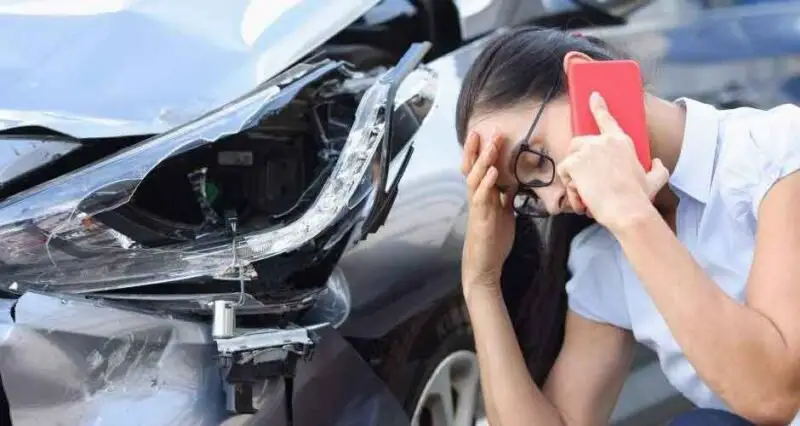
In California, car accident claims are governed by a legal principle known as pure comparative negligence. This doctrine allows for the allocation of fault among all parties involved in an accident, ensuring that compensation is awarded based on each driver’s relative degree of negligence.
Fault Determination
When assessing fault in a car accident case, the court carefully examines various factors contributing to the collision. These factors may include violations of traffic laws, such as speeding or running red lights, driving under the influence of alcohol or drugs, distracted driving, and reckless driving.
Damage Allocation
The amount of compensation awarded to a plaintiff is directly proportional to the percentage of fault assigned to the other driver. This means that if you are found to be partially at fault for the accident, your recovery will be reduced by your share of the blame. For example, if you are deemed 30% comparatively negligent in a case with total damages of $100,000, you would be entitled to $70,000 ($100,000 – [$100,000 x 0.30]).
Recovery Even with Significant Fault
One notable aspect of California’s pure comparative negligence system is that a plaintiff can still seek compensation even if they are found to bear a significant portion of the responsibility for the accident. This includes scenarios where the plaintiff is assigned up to 99% of the fault. This stands in contrast to modified comparative negligence jurisdictions, where recovery may be barred if the plaintiff’s fault exceeds a specific threshold, often set at 50%.
Steps To Take After a Car Accident
After a car accident you must take the appropriate next steps is crucial to protect yourself legally and ensure that you receive the necessary medical care and compensation for any damages. The Sacramento car accident attorneys at Rosenthal Law Firm list the necessary actions you should take:
- Check for Injuries: The first priority after a car accident is to check yourself and others involved for injuries. If anyone is injured, call emergency services immediately. Even if injuries seem minor, it’s essential to seek medical attention promptly.
- Move to Safety: If it’s safe to do so, move your vehicle to the side of the road to avoid blocking traffic and further accidents. Turn on hazard lights to alert other drivers.
- Call the Police: Regardless of the severity of the accident, it’s crucial to report it to the police. A police report provides an official record of the incident, which can be valuable for insurance claims and legal proceedings.
- Exchange Information: Exchange contact and insurance information with the other driver(s) involved in the accident. Obtain names, addresses, phone numbers, driver’s license numbers, license plate numbers, and insurance policy details.
- Document the Scene: Take photographs of the accident scene, including vehicle damage, road conditions, traffic signs, and any visible injuries. This documentation can serve as valuable evidence later on.
- Gather Witness Information: If there are any witnesses to the accident, obtain their contact information. Witness testimony can be crucial in determining fault and liability.
- Notify Your Insurance Company: Report the accident to your insurance company as soon as possible. Provide them with all relevant details and cooperate with any investigations they may conduct.
- Seek Medical Attention: Even if you don’t feel injured immediately after the accident, it’s essential to seek medical attention as soon as possible. Some injuries, such as whiplash or internal injuries, may not be apparent right away but can manifest later on.
- Keep Records: Keep detailed records of all medical treatment, expenses related to the accident, and any other losses you incur as a result. This includes medical bills, receipts, correspondence with insurance companies, and records of missed work due to injury.
By following these steps after a car accident, you can protect yourself legally, ensure you receive appropriate medical care, and position yourself to pursue fair compensation for your damages.
Overall, California’s pure comparative negligence doctrine promotes a fair and equitable distribution of damages in car accident cases by carefully examining the unique circumstances of each incident and assigning liability proportionate to each driver’s level of negligence. Remember to take immediate action after a car accident by prioritizing safety, reporting the incident, and documenting all relevant information. With proper legal guidance and support, you can navigate the complexities of car accident claims and work towards a favorable outcome. Stay informed, stay safe, and advocate for your rights on the road.

